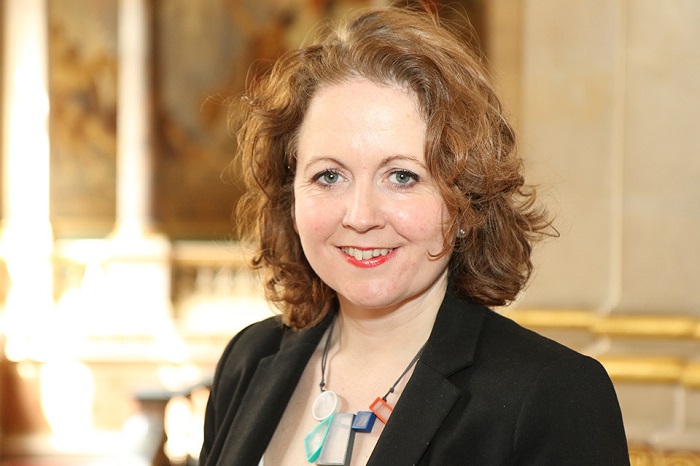High Commissioner Melanie Hopkins was Chief Guest at the Burns Night celebrations in Fiji on 26 January 2019 and delivered the loyal toast on the occasion.
Good evening.
Burns night is an event held every year to commemorate one of Scotland’s finest poet of all times. Born in January 25, 1759 to parents William Burns and Agnes Brown, Robert Burns developed an early passion to read traditional stories and songs . From a young age, he nurtured a passion for poetry. Not having the time at all to sit and ponder on his poems was he was constantly helping his parents work at the farm, it became his habit to compose his poems and songs as he worked.
Robert Burns lived to the age of 37 and during that time, travelled wide and far composing poems and songs. As well as making original compositions, Burns also collected folk songs from across Scotland, often revising or adapting them.
So how did Burns Night start? Burns Night started shortly after the poet’s death when his friends celebrated his life and career in Ayrshire, Scotland, in the late 1700s on the date of his death, July 21.
The date was later changed to the day of his birth, and now those in Scotland, and some areas within the UK and parts of the world and here in Fiji, also mark Burns Night.
On the 25th of January each year, there is not an hour in the day or night when a Burns Supper is not taking place somewhere on this earth. On this day people don their tartan, rustle up a tasty plate of haggis and recite some rhymes in honour of Scotland’s favourite son but Burn’s night is more than just a good reason to raise a ‘wee dram’ of whisky while enthusiastically belting ‘Auld Lang Syne’.
A lot has been written about this man over the years, a man who has been often described as a sort of 18th century rock star whose amazing riffs in poetry, public performance ended prematurely when he died at the age of 37.
Tonight, we celebrate the birth and life of a common man whose work left a huge impact on the world. At 21 years old, Robert was elected as the President of the Tarbolton Bachelors Club in 1780, thus setting an example followed by many Burns clubs around the world.
Robert tried a few ventures which did not work and he died on the 21st of July, 1796 after being sick. He was buried with full Military Honours on the 25th of July.
Robert is quite known to have been a humourist, storyteller, satirist, a lover, socialist, nationalist and a philosopher. To those who knew him, he was romantic, charming, funny and sarcastic with a devastating wit.
I will therefore highlight a few things about Robert Burns that are generally not known about him:
- Widely regarded as the national poet of Scotland, after Queen Victoria and Christopher Columbus, Rabbie Burns has more statues dedicated to him around the world than any other non-religious figure;
- 260 years after his birth, Robert Burns is still beloved and has inspired modern recreations of his work such as J.D. Salinger’s 1951 novel ‘Catcher in the Rye’ believed to be based on the poem ‘Comin Thro the Rye’ and John Steinbeck’s ‘Of Mice and Men’ is believed to stem from his poem ‘To a mouse;
- British born astronaut, Nicholas Patrick carried a miniature book of Burns poems into orbit on a two-week space mission in 2010. Burns’ poetry completed 217 orbits of Earth.
- Robert Burns was the first face to feature on a commemorative bottle of Coca Cola in 2009.
- The largest collection of Burns’ work can be found in the Mitchell Library in Glasgow which includes translations of his poems in more than 30 languages.
- ‘Auld Lang Syne’ traditionally sung at the stroke of midnight on New Year’s Eve is one of Burn’s most famous pieces of work and is recognised by Guinness Book of World Records as one of the three most popular songs in the English language.
Chieftain, thank you again for your invitation of having me here in this special night.
I am very proud to give you this toast which we should drink with pride and joy.
I hereby ask you all to fill your glasses and raise them high as I give you the Immortal memory of Robert Burns.









